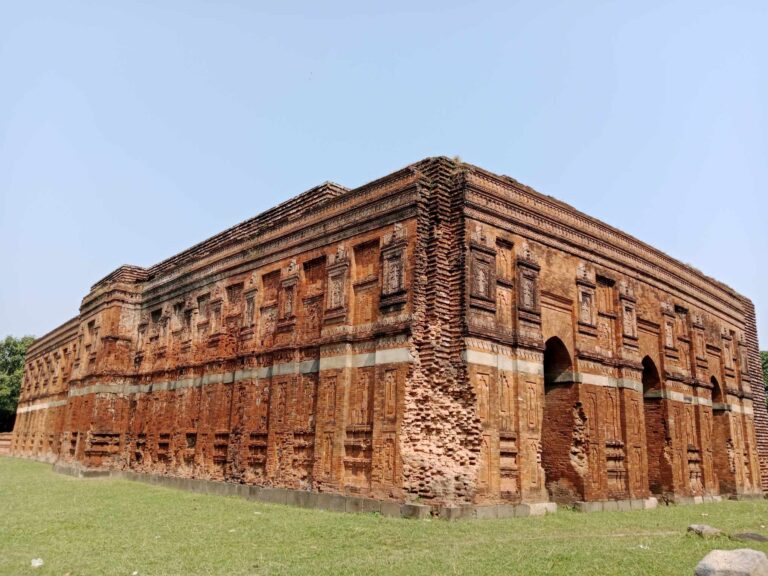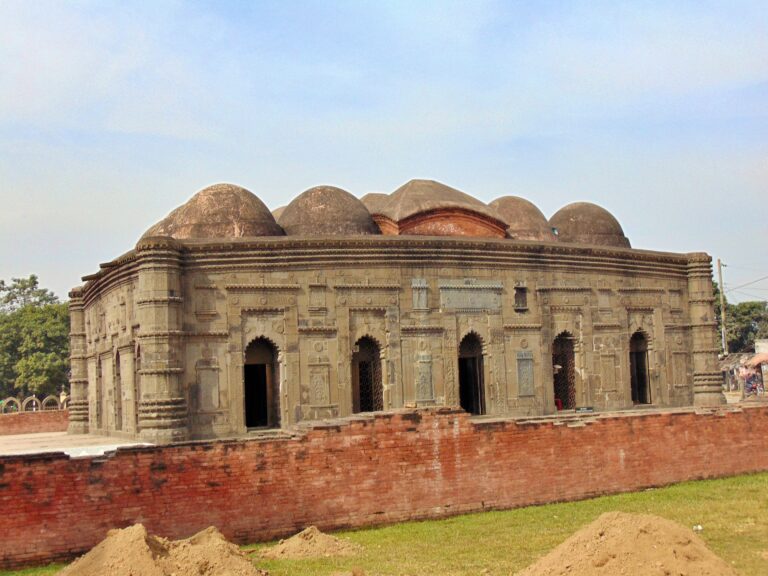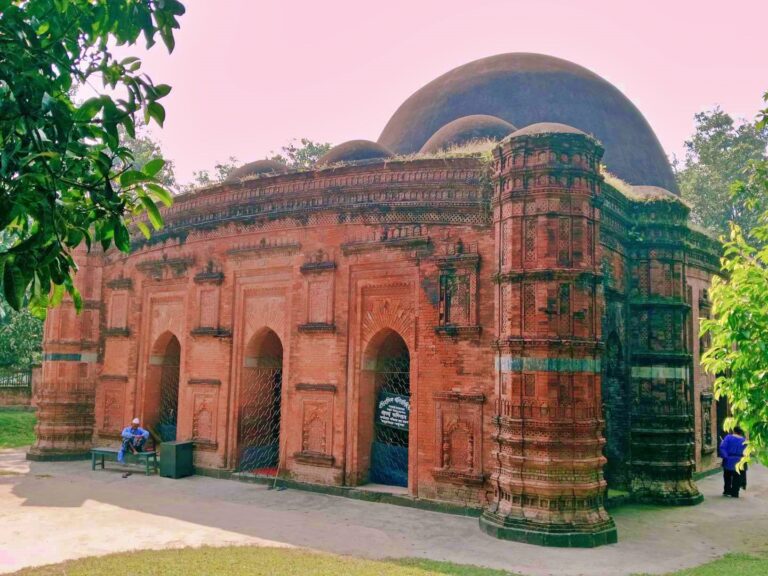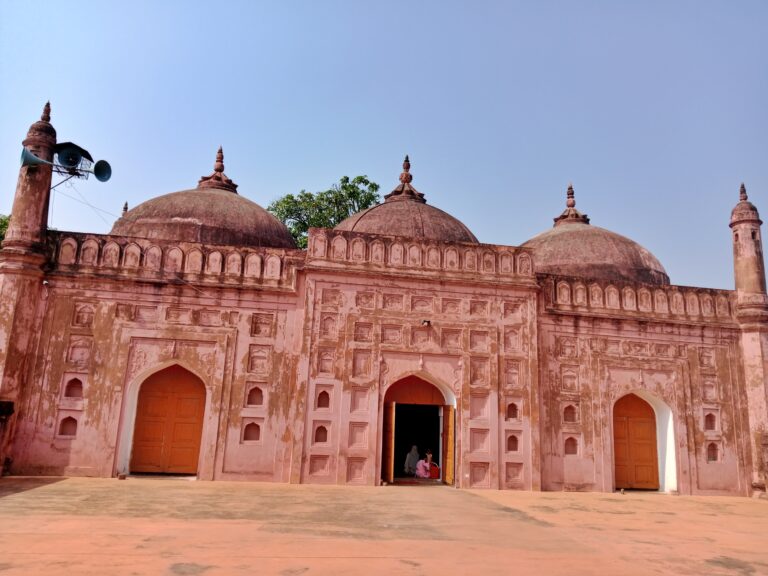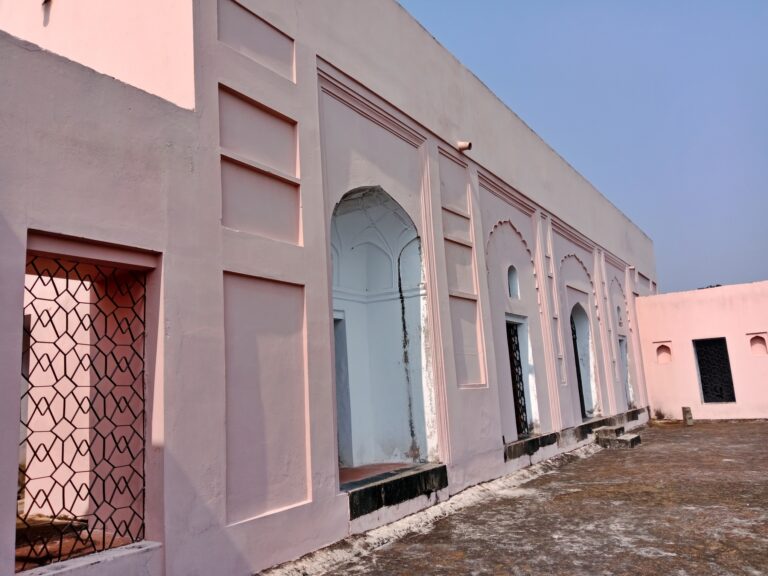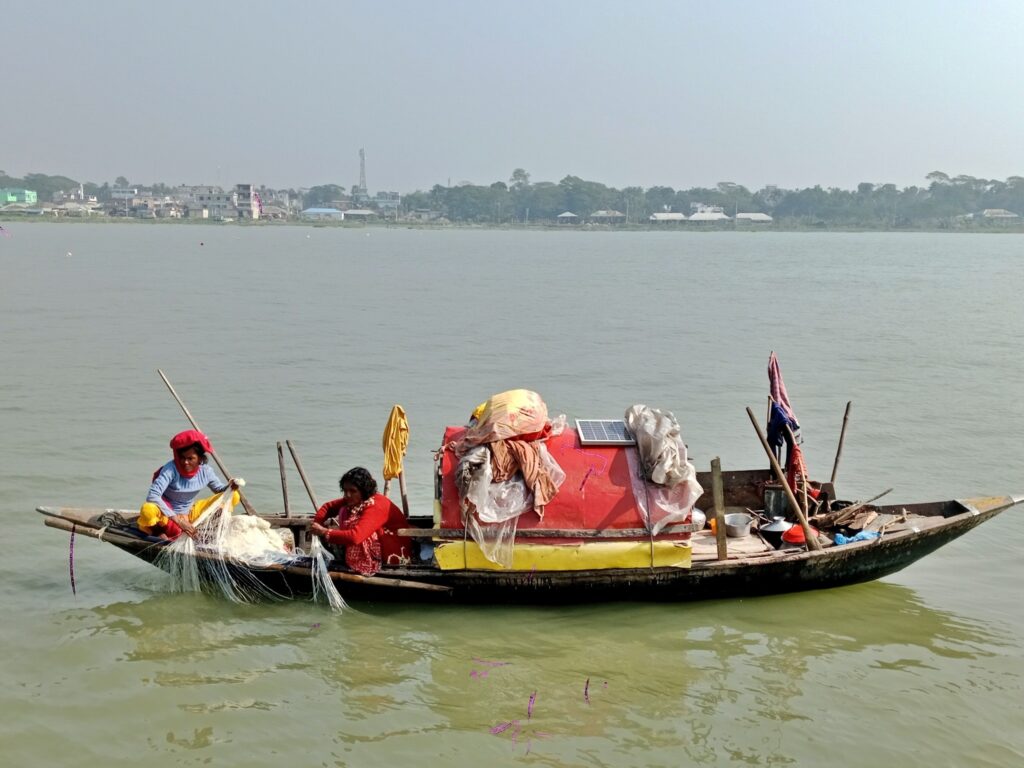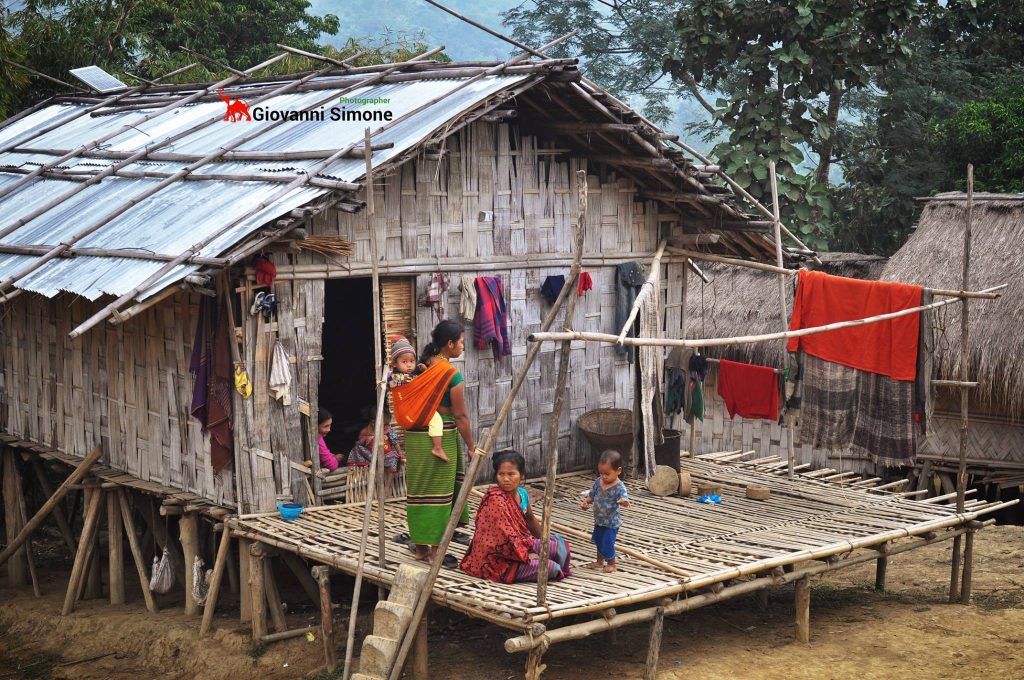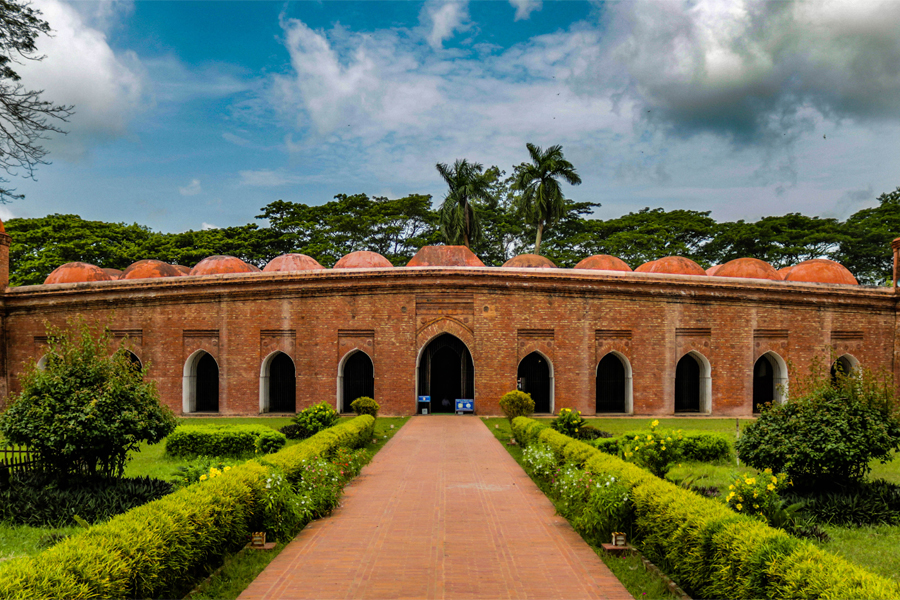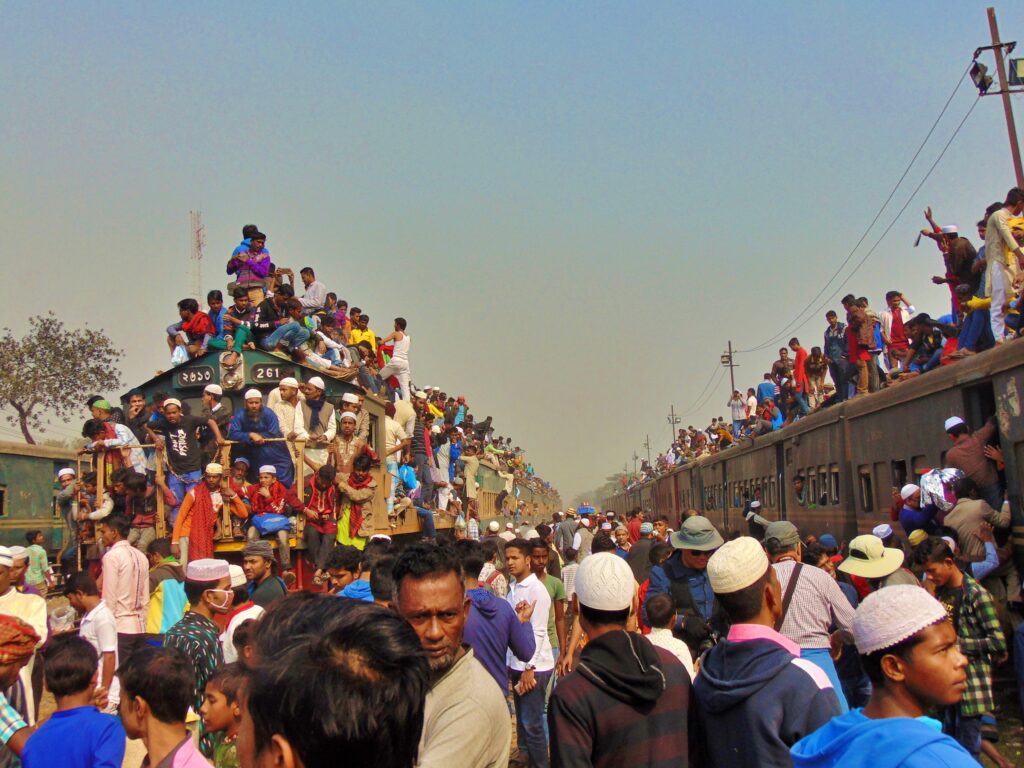GAUR – The Provincial Capital of Bengal Sultans
GAUR – city of Muslim architectures only 100km drive from Rajshahi towards the Mango capital around the periphery of the long abandoned ancient city of Gaur, later turned into imperial capital of Bengal Sultans. A large number of mosque built during the Independence sultans of Bengal dotted across Chapai Nawabganj in between Bangladesh – India border. You can look back the glorious past of Muslim architectures of Sultans. Before ending the day meet traditional Metal crafts artisans, and roam the bustling markets. The following mosque are Important.
Muslim Architectures of Gaur abandoned city
- Remains of the Darasbari Mosque:
The Darasbari Mosque is one of the brick built with stone pillar Mosque, is an oblong structure measuring 98 feet by 57 feet externally unlike the square Domes and the multi-domed type of Mosque & Madrasa. Provided the earliest known series of hat-shaped chouchala roofs in Gaud, the ancient capital of Bengal Sultans located one km to the south-west of Kotwali gate in Umarpur between Mahdipur & Firozpur. Darasbari Mosque demonstrates the finest achievement of stucco ornamentation in the early 15th Century architectures presented by Shamsuddin Yusuf shah of Ilyas sahi dynasty.
Due to the extensive damages affected by an earthquake in 1897. Intricately ornate each lower-level room has three mihrabs, a large central one, and two smaller ones on each side. The walls feature intricately patterned terracotta plaques, many of them glazed, and featuring nature-inspired motifs like flowers, leaves, and creepers.
- Ruins of the Darasbari Madrasa: Darasbari denotes – a theological collage or Madrasa built by Shamsuddin Yusuf shah in Ilyas sahi dynasty. Darasbari Madrasa was a famous center of learning, Accompanied in new era of Persian cultural reinforcement in Bengal. The combined Mosque & Madrasa of Darasbari at Gaud undoubtedly stood in the same relationship. A large Mosque built of bricks with stone pillars. Darasbari Mosque witness its style to the adjoining Madrasa which had long since disappeared.
- Chhota Sona Mosque is crown of the stone & brick built sultanate architecture of Hossain Shahi dynasty near the tahkhana complex in the Quarters of Gaur-lakhnauti, the capital of Sultanate Bengal. The Mosque also describe as a back gem of Muslim architecture. It has 5 semi minarets and a fifteen-domed Gold gilded chouchal roof represents the beauty of sultanate architecture.
- Tahkhana Complex means a cold building or palace structure built by Mughal Prince Shah suja on the west bank of a large tank situated in the Firuzpur quarters of the city of Gaur-Lakhnauti is traditionally known as the Tahkhana.
Along with this to its northwest are two other structures – one a three-domed mosque and the other, a domical tomb surrounded by a vaulted verandah. A piece of Mughal structure in the surrounding sultanate architectures used to be Khankah or rest room of Shah suja and a Tomb with Barandah for the missionary saints.
- Khania dighi or Rajbibi Mosque: There was a time when the mosques of Bengal featured magnificent terracotta designs with hut-shaped Domes, arches mihrab, wide angles & towers. Khania Dighi or Rajbibi small mosque represent such unique terracotta art forms with a distinctive style of roofing, which is commonly referred to as the hut-shaped dome.
The Mosque is built of brick & stone layered terracotta architecture of 2nd Illias Shahi dynasty. The mosque measures externally — 17.78m by 13.05m and internally, the prayer hall is 8.85m square with a 2.67m wide fore-room. There are six octagonal turrets at the corners and the walls are brick-built with a stone layer at the plinth level and another stone layer in the lintel level. Only the Qibla wall is faced with stones forms in the interior.
Brass Artisan & Pottery:
Brass artisans was globally famous and had a rich cultural history. The metal casting and pottery industry is at the edge of extinction. The remaining artisans of Chapainawabganj are the generation of those who were once the soul of Gaud & Rajshahi and the fine craftsmen of ancient Bengal are still artisans left to continue the age-old professions of creation.
After an expeditions these past glory of Gaud, drive back to the Grand Riverview hotel in Rajshahi.

